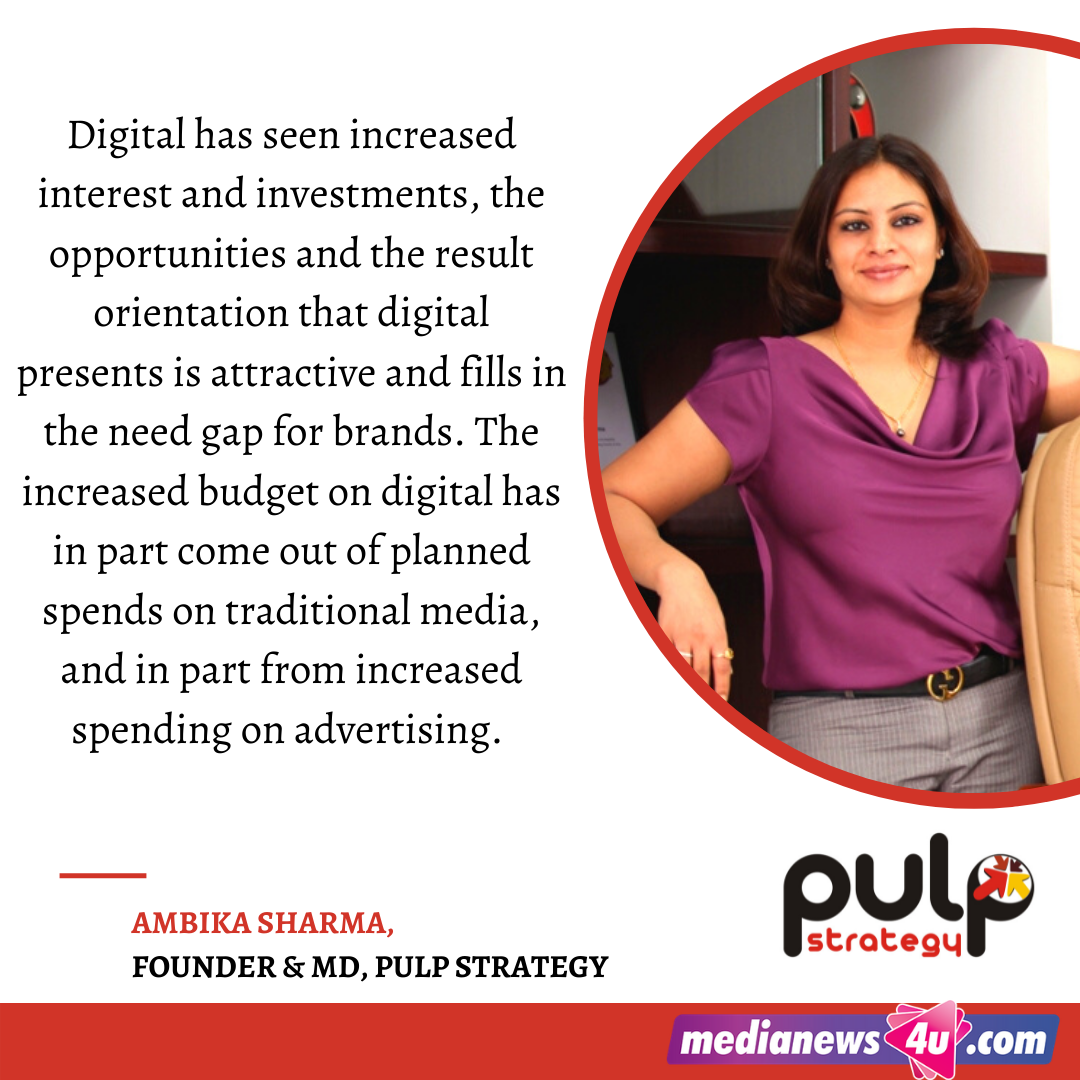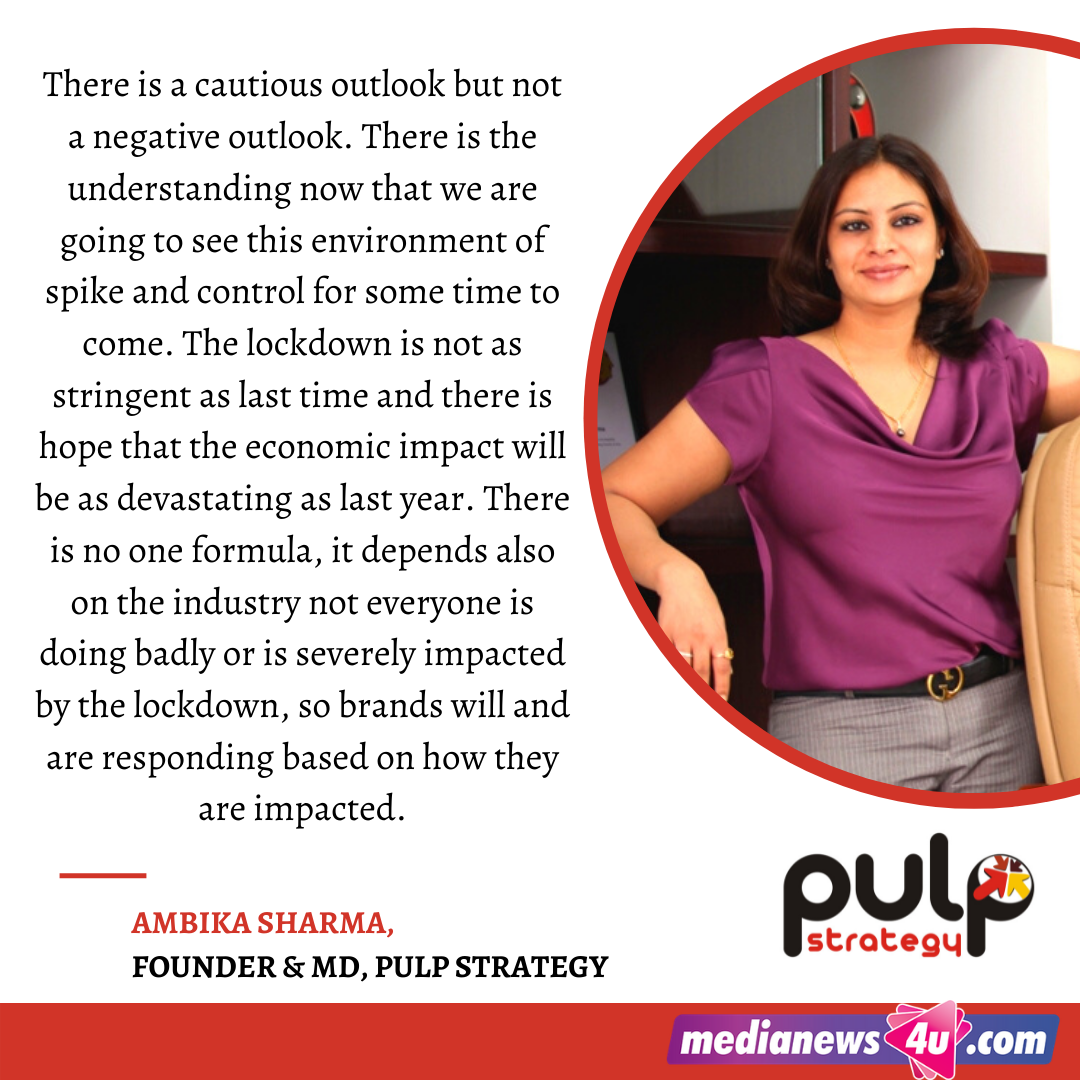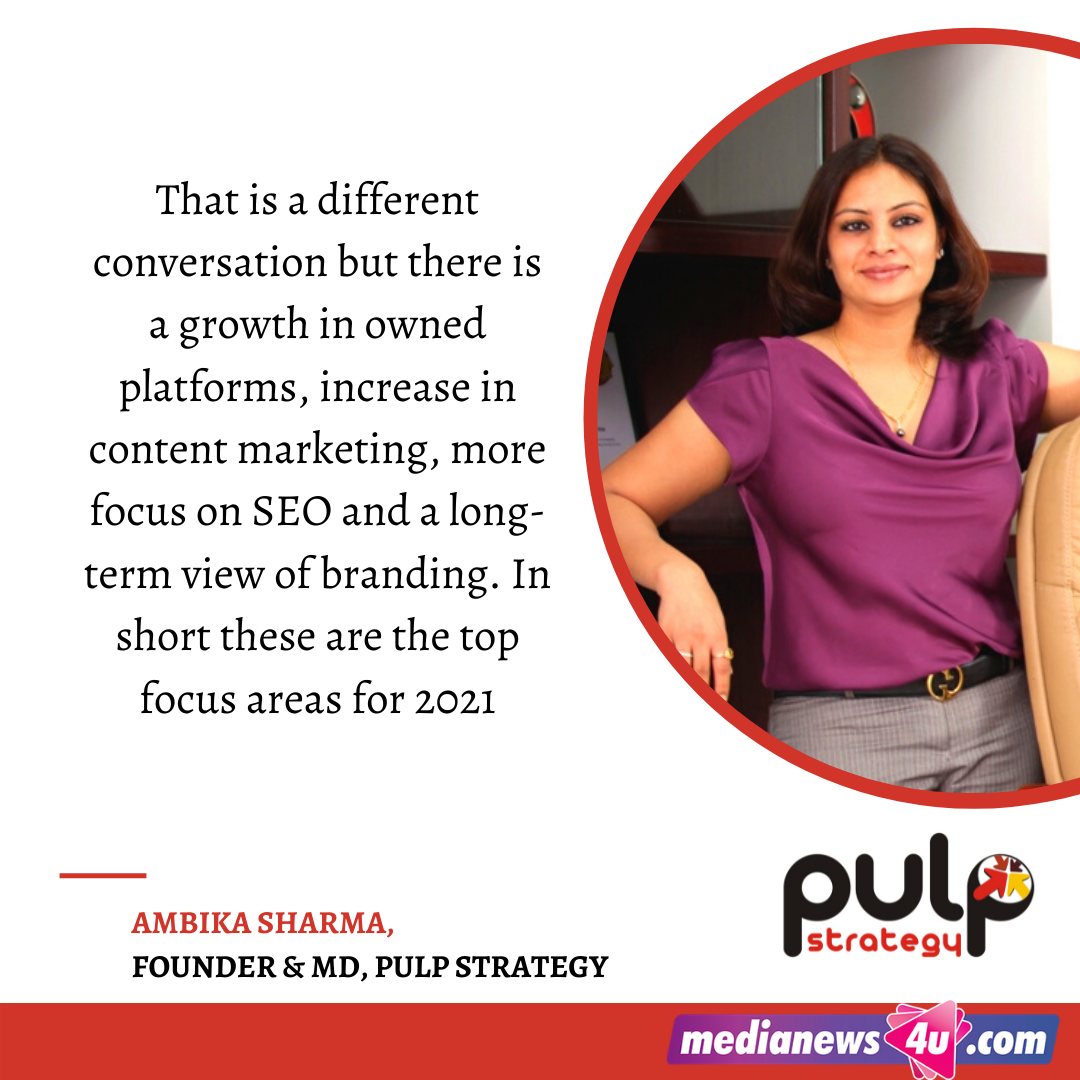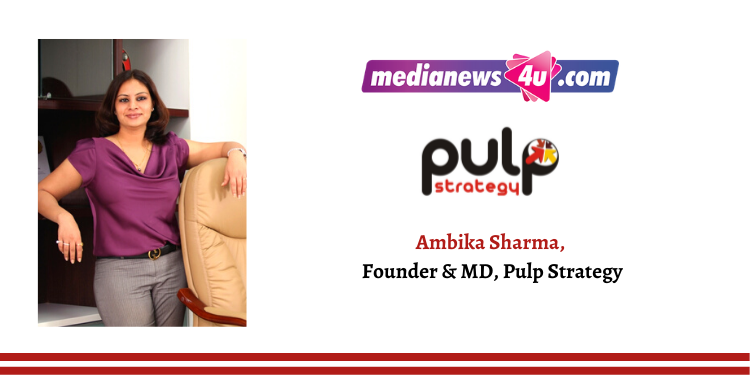Pulp Strategy is India’s leading independent agency in its space and has built its niche in the space of Brand Strategy, Creative tech, Digital marketing, Content marketing, and product development. Pulp Strategy’s foundation is built on many firsts. Consolidating and aggregating India’s first marketable shared computing terminal base in 2011 with 30000+ terminals, integrating Augmented reality into branding in 2012, using NFC technology to improve retail engagement in 2013, launching Instappy as the first-ever rapid mobile application development product in 2016 to Launching Instappy in the global market with 100+ languages in 2017. In 2018 Pulp strategy pioneered the use of rich interactive content on social media.
Pulp Strategy’s journey has led it to partner with global brands and enabled recognition with 105+ international medals and awards to its credit. In 2019 Pulp Strategy has led creative tech developing AR-based engagement for social platforms breaking clutter and improving engagement for its brands, also successfully Launched an AI-based chatbot as a white-label platform and life stage-based services for start-ups. In its 8 years, the stalwart start-up has built a certified women entrepreneur enterprise, with a wide spectrum of clients that includes Avon, Tupperware, Samsung, Microsoft, Philips, Bajaj, and tech startups across the globe for brand and product development.
In conversation with Ambika Sharma, Founder & MD, Pulp Strategy on the growth of digital marketing in the time of the pandemic and more…
As a Digital-first agency, what is going to be that one USP which is going to keep you ahead of the competition?
Not one single thing, but a combination of compassion, talent, and business impact-focused work will keep us ahead.
Digital is seeing a huge spike from last year even very traditional brands are allocating more spends on digital; will ad spends on traditional mediums see a drop?
Digital has seen increased interest and investments, the opportunities and the result orientation that digital presents is attractive and fills in the need gap for brands. The increased budget on digital has in part come out of planned spends on traditional media, and in part from increased spending on advertising. Traditional mediums will see slower growth and, in some cases, degrowth due to the change in spending.

Now we are into the second stages of partial lockdown, how do you think brands are going to navigate this?
There is a cautious outlook but not a negative outlook. There is the understanding now that we are going to see this environment of spike and control for some time to come. The lockdown is not as stringent as last time and there is hope that the economic impact will be as devastating as last year. There is no one formula, it depends also on the industry not everyone is doing badly or is severely impacted by the lockdown, so brands will and are responding based on how they are impacted. From an advertising point of view, there is a slowdown in April, we do not want to go and advertise while so many are suffering the slowdown is compassionate and also practical.

What have been the challenges for you professionally and personally during this pandemic?
On a personal front, so many have been impacted, colleagues, friend’s families have been navigating health-related misfortune at some level. It is a trying time. on a professional level, last year has impacted the business, plans and forecasts have changed, one has to keep agile to navigate change.
How are you seeing Brands now going forward in the new normal?
It is no longer the new normal; it’s more than a year old :-). And it’s here to stay. The need to market has increased, the initial wave of wanting to just sell and bridge the gap created due to changed or closed sales channels and focus on performance alone has leveled out. The charm of branding is back and picking up; a lot of it has to do with consumer sentiment. There is the rejection of dry lifeless marketing; no one wants the soap that just kills germs anymore. That is the bare basic; we are back to wanting the charm and the promise of brands. There is a clear preference for products that stand for something and have built a brand.

How is the Digital medium more effective in terms of reach and delivering better ROI for brands in terms of less spends?
Digital does give more control on the ROI vs the spends, but it is not correct to assume that it is possible to achieve branding goals with minimal spending. A brand will get the ROI in proportion to the investment they make.
What are some of the Key Highlights from 2021 for the Digital & Marketing Industry?
That is a different conversation but there is a growth in owned platforms, an increase in content marketing, more focus on SEO, and a long-term view of branding. In short, these are the top focus areas for 2021

Global Trends in Digital Marketing vis-a-vis Indian market – out of the box idea/strategy now working for Clients

















